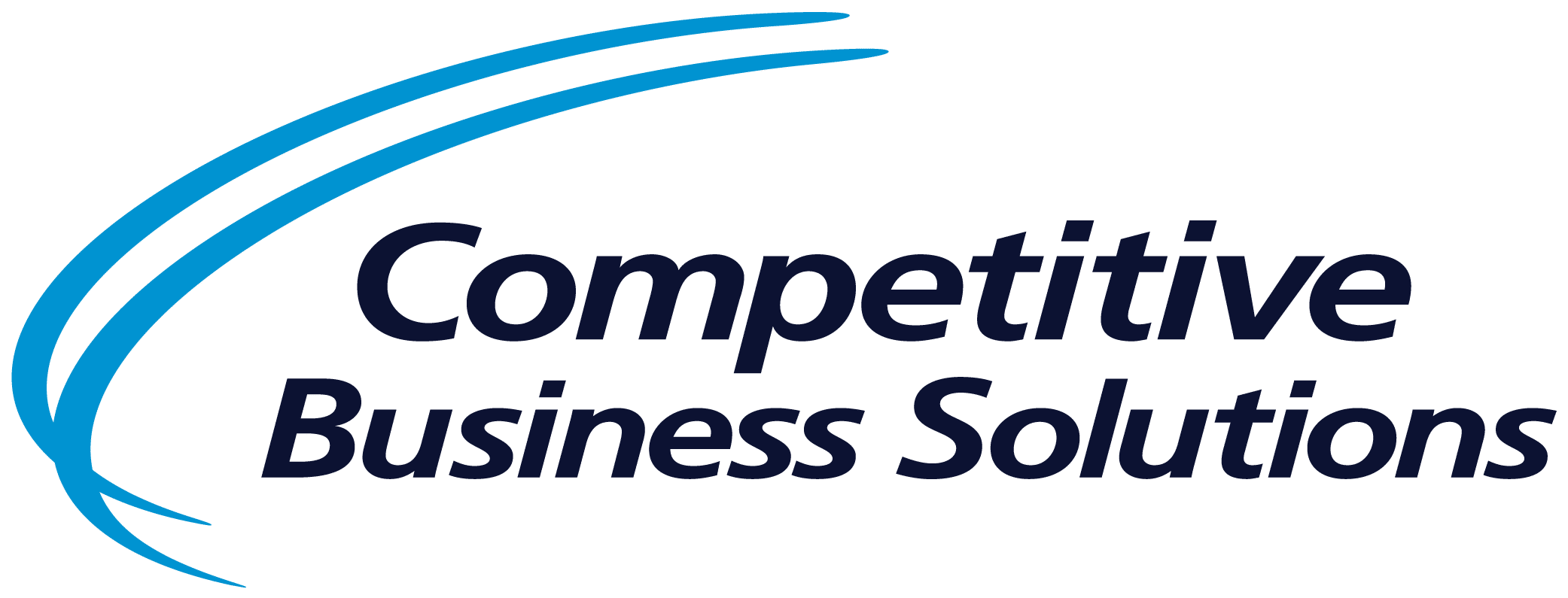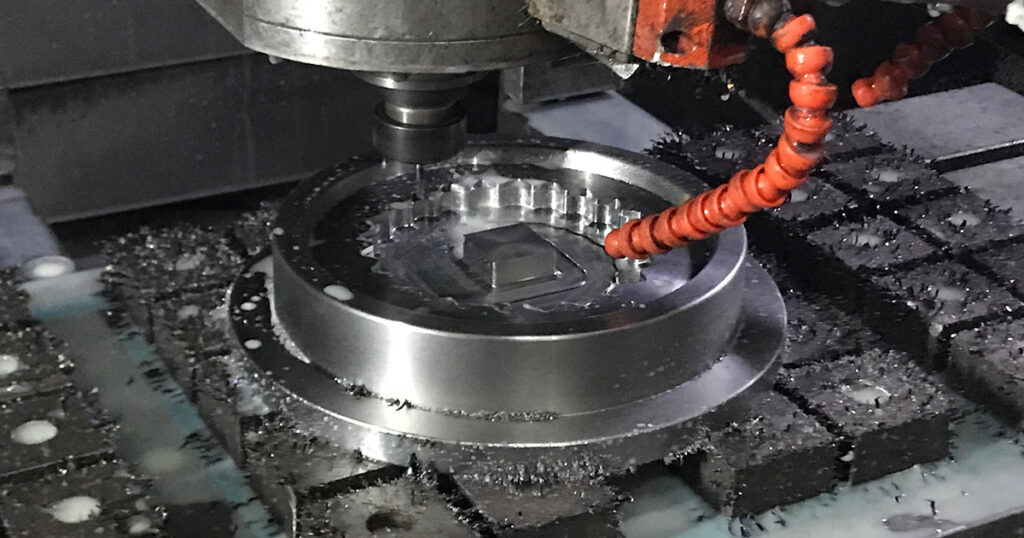Overview
Same-day cancellation of surgeries is one of the biggest wastes of resources for a health-care organization. Not only do these cancellations represent a significant loss of revenue for the organization, but they also have significant psychological, social and financial implications for patients and their families. Pre-Admission Testing (PAT) is the process of pre-screening a patient to help achieve optimal surgical outcomes. The testing is the best way to prepare the patient and staff while maintaining patient safety as the ultimate goal. During this time, the patient has an opportunity to discuss with the staff all medical information regarding their health and condition before the start of the surgery or procedure. The testing gives the surgery and anesthesiology teams a better understanding of the patient’s overall medical readiness. If the testing is not completed on time, the surgery can be delayed,causing a backup for the day’s surgeries. By ensuring the patient is prepared in every way for the scheduled surgery and recovery process, hospitals are trying to fortify on-time starts and mitigate the issue of same-day cancellations.
The Challenge
At the client’s mid-size hospital, greater than 2% of the total monthly surgical patients would arrive to their PAT appointments inadequately prepared for the process, or patients would miss their appointments completely due to avoidable scheduling errors. On average, the Perioperative Department was cancelling 11 surgeries each month. With an average revenue of $11,168 per surgery, the hospital was in line to lose close to $1.5M in annual surgical revenue. The Perioperative Leadership was challenged to decrease the cancellations by improving the current pre-admission processes (i.e., initial assessment, lab work and EKGs), reducing rework, minimizing same day testing cancellations and improving case start delays. Understanding the immediate need to improve, the leadership and the CBS consultant evaluated several potential approaches and determined that engaging a team of employees was the best way to solve this problem. Further, it was determined that the use of a weeklong Kaizen event would be the method of facilitating the team’s activities. The event was focused on the PAT process from the referral all the way through the completion of the necessary testing.
The Approach
Even after reviewing several approaches for solving the cancellation issues in the past, the Perioperative Department did not see the impact that the hospital and department leadership was expecting. As a result, leadership decided to try a new approach. The Chief Nursing Officer and the Director of Surgical Services worked together to arrange for a group of employees to participate in a one-week Kaizen event. The goal was to help the department and organization understand the bottlenecks and current issues with the PAT process and rapidly implement improvement solutions. The event participants were selected from a group of people who worked in the process and who supported or were supported by the process. The team also looked to incorporate the practices of several physicians and utilized the knowledge of their staff (VOC) for additional support. The team was guided by an external consultant and facilitator using a typical 5-day Kaizen format (pictured below).
The aim of the Kaizen was to improve the patient experience through enhancing readiness for surgery. The expectations were to decrease day-of-surgery cancellations and in turn improve patient, staff and physician satisfaction while increasing revenue for the hospital. These Kaizen improvement objectives were directly in line with the Perioperative value stream goals of reducing day-of-surgery cancellations and improving on-time starts in their operating rooms.
The team first conducted a basic lean training and then proceeded by using these lessons to capture the current state process. The team conducted a “Gemba” walk of the PAT areas to understand the issues that were inherent in the current process. After the walk, the team used a brainstorming approach to document the issues or main constraints contributing to the delay or cancellation of surgical cases. The main constraints were:
- The PAT packets sent to each of the referring physicians were not consistent. The packets did not include resources or education for patients on pre-surgery expectations.
- There was no standard work for how the referring physicians’ offices sent in the forms. Forms were being sent through fax, mail or secured email, and they were not communicated with the hospital. This haphazard practice resulted in missed forms, poor follow-up and sometimes missed scheduling of surgeries.
- Multiple checks for completeness were not finished before the patient arrived at the PAT area. Patients were not given simple explanations of day-of-surgery expectations (i.e., what to wear, when to stop eating/drinking, etc.), thus causing cancellations or delays.
- The testing area lacked privacy as the patients were taken to an area where all the tests were occurring. Anyone in the same room could overhear the patients’ private information, questions and concerns.
- There was no standard work for pre-admission testing. Every staff member worked hard to meet the needs of the patient and provider but often fell short due to missing important activities or communications.
- Patients were kept waiting for ancillary services due to improper scheduling and communication. Patients would wait for staffing to arrive to work or return from breaks because there were no overlapping schedules in the department.
The team captured the current state data:
During an average month, 11 day-of surgeries were canceled due to failure to complete PAT. These unnecessary cancellations cost the hospital $122,484 each month in additional revenue.
Working through the Kaizen steps and understanding the gaps associated with the current process, the team developed several solutions that they believed would significantly decrease the number of canceled surgeries due to PAT testing issues. The team developed implementation plans for each of the solutions, and they immediately “try stormed” each solution with individuals working in the process. Using the Plan-Do-Check-Act process, each cycle of implementation got better and better to the point that the team thought the solutions were significantly better than the past processes. Standard work was developed, and training was given to the affected staff during the event week.
The Kaizen team selected and implemented each of the solutions below:
- Developed a revised, standardized pre-admission packet and checklist for all providers, eliminating most rework and enabling consistent data collection. The department saw a decrease in DOS cancellations and an increase staff/provider satisfaction.
- Utilized a 5S approach in the PATarea to increase patient privacy and ensure placementof all necessary supplies and equipment to allow for more efficient flow. The team identified an ideal space for a PAT area—a one-stop shop.
- Created a traveling checklist of pre-admission requirements, resulting in improved patient education and communicated expectations. This helped improve compliance with pre-surgery requirements among patients.
- Generated standard work for the PAT process and improved communication among hospital/clinics, patient/staff/provider satisfaction and greater alignment with pre-anesthesia best practices.
- Cultivated a clear role definition by evaluating current tasks completed by the RN and redistributing accordingly. The results developed a clear role definition, improved process flow and created greater capacity of the current staff.
- Created an ancillary services daily scheduling tool and Patient Itinerary. Patients were given the projected time for each of the tests or activities to better prepare for surgery.
All improvements were completed and implemented by the end of the initial weeklong event. The lean facilitator and team leader worked with the department employees for 4 weeks following the event to finalize the standard work for the new processes. They spent time verifying the results and implementing additional improvements to the process as they were identified.
Statistical Results
| Metric | Initial | Target | % | 30 Day Results | 60 Day Results | 90 Day Results |
| Day of Surgery Cancellations (monthly, YTD) | 11 | 5 | 55% | 10 | 8 | 5 |
| Net Revenue per Case
(avg. $11,168 per case) |
$122,848 | $55,840 | 55% | $11,168 | $89,344 | $55,840 |
| % of First Case On-Time Starts (monthly, YTD) | 78% | 83% | 6% | 79% | 81% | 83% |
Conclusion
Through asking questions to patients and employees in the process, the Kaizen team found quick, simple improvements can make a significant difference in the areas of patient/staff satisfaction while increasing revenue. During the week, the Kaizen team implemented all the recommended solutions. The solutions showed a 55% reduction in day-of-surgery cancellations, which improved the first case on-time starts by 6%. These improvements contributed to the department’s success in increasing the hospital’s revenue by a total of $156,352 over the first 3 months after implementation. Training of the new improvements started immediately and took about 4 weeks to fully implement across the 24/7 operation. Once fully implemented, monthly department revenue increased over $70K based on the improvements. The significant results prompted department leadership to use this same event format on other deficient areas of the process.




